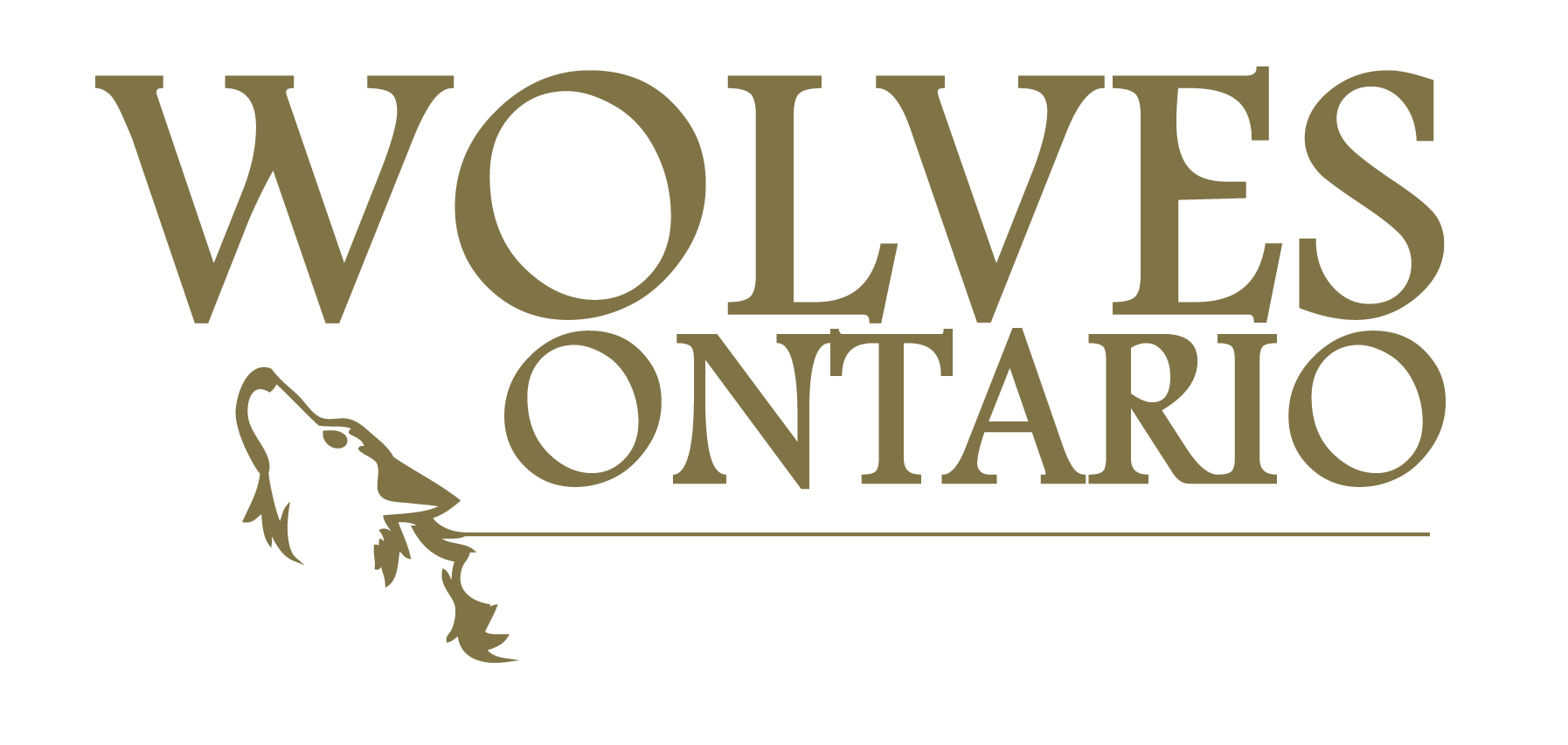Ontario needs to protect threatened Algonquin wolves from hunting and trapping
TORONTO (October 24th, 2017) - Today Ontario’s Environmental Commissioner Dianne Saxe released her annual report, “Good Choices, Bad Choices”, a critical assessment of the Ontario government’s environmental practices and recent decisions. The report outlines multiple areas where the province is failing to take effective action on pressing environmental issues.
In particular, Commissioner Saxe emphasizes that the Algonquin wolf, a unique species that was listed as Threatened last year, needs more protection. Threatened species receive immediate province-wide protection under the Endangered Species Act but the protection of Algonquin wolves was stripped down to 4 provincial parks and buffers around them on the opening day of hunting and trapping season in 2016. Outside of these areas, where eastern coyotes are heavily hunted and trapped, Algonquin wolves receive no protection because it is difficult to visually distinguish them from each other (a genetic test is required to correctly identify them).
“It is critical that our government upholds the objectives of the Endangered Species Act, and prohibits non-aboriginal hunting and trapping of Algonquin wolves across their range,” said Hannah Barron, Earthroots Director of Wildlife Conservation Campaigns. “We need our government to take immediate measures to protect these wolves – there may be as few as 250 mature Algonquin wolves left in the world, mostly in Ontario. Scientific research funded by the Ontario government shows that without additional protection, this small yet ecologically invaluable population of top predators will not recover.”
The Algonquin wolf is the only Threatened species that can be legally sport hunted and trapped, even in some protected areas. Commissioner Saxe builds on this point in her report, stating that, “Thousands of Ontarians expressed concerns about the inadequacy of the government’s new measures to protect Algonquin wolves. If the MNRF is incapable of protecting a small number of threatened Algonquin wolves in only one part of the province, it creates doubt about the ministry’s commitment to sustainably managing any species of wildlife – let alone an imperilled one.”
-30-
For more information, contact: Amber Ellis, Executive Director, amber@earthroots.org / 416-565-0795
Key Excerpts: Good Choices, Bad Choices
“Hunting and trapping is a central threat to the long-term survival of the Algonquin wolf, which is a threatened species at risk. Ontario’s Endangered Species Act prohibits threatened species from being killed or harmed, but the Ministry of Natural Resources and Forestry has chosen to exempt the Algonquin wolf from this important protection across much of its range. The ministry has opted to only protect Algonquin wolves from hunting and trapping in and around a few isolated provincial parks. Scientists have concluded that the Algonquin wolf stands little chance of recovery unless the ministry bans hunting and trapping of wolves and coyotes throughout its range.” (ECO 2017, Good Choices, Bad Choices, page 253)
“The three new areas with closed hunting and trapping seasons will not suffice. These areas cover only a small fraction of the region where Algonquin wolves have been found. Moreover, the newly closed areas primarily consist of provincial parks – where the Algonquin wolf already received substantial protection – doing little to change the status quo. The closures also do not provide adequate connectivity between these areas.” (ECO 2017, Good Choices, Bad Choices, page 265)
“Controversy has surrounded how the Ontario government has managed eastern (or Algonquin) wolves for decades. Scientists believe that there may be less than 250 adult Algonquin wolves left in the world. The top threat to the long-term survival of the threatened Algonquin wolves is hunting and trapping. Unlike the pressures facing many other species, the Ontario government has the ability to easily eliminate the biggest threat to Algonquin wolves by simply amending a regulation.” (ECO 2017, Good Choices, Bad Choices, page 266)
“The Ministry of Natural Resources and Forestry is not only turning a blind eye to the best available science, it is also disregarding the significant public interest in protecting this ecologically and culturally significant animal.” (ECO 2017, Good Choices, Bad Choices, page 266)
“Algonquin wolves must receive the full protection of the law if this threatened species is to have any chance of recovery. Algonquin wolves need to be protected from Peterborough to North Bay, and from Pembroke to Sault Ste. Marie. The ECO recommends that the Ministry of Natural Resources and Forestry prohibit hunting and trapping of wolves and coyotes throughout the Algonquin wolves’ entire “extent of occurrence” (i.e., where they live).” (ECO 2017, Good Choices, Bad Choices, page 267)
